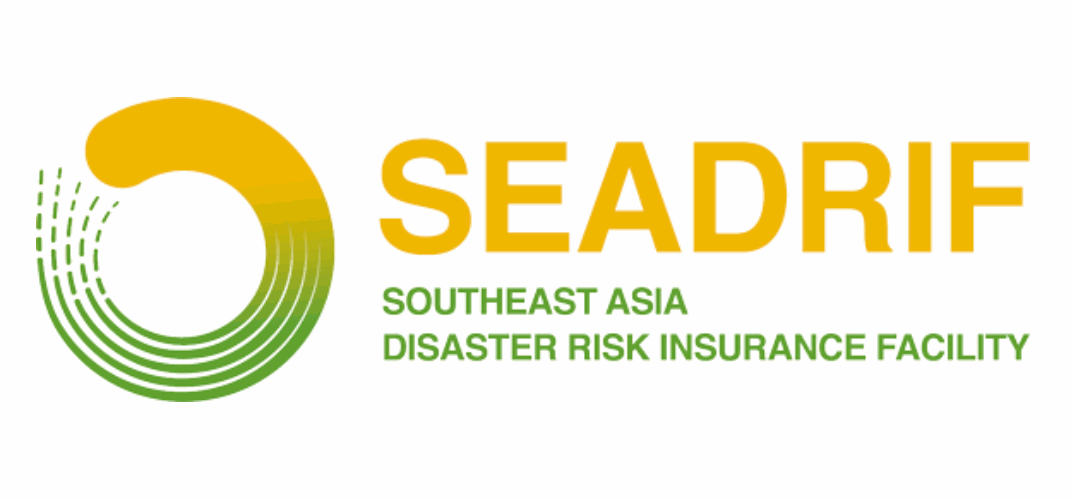The Government of Viet Nam, through its Ministry of Finance, has signed a Memorandum of Understanding (MoU) to become the eighth member of the Southeast Asia Disaster Risk Insurance Facility (SEADRIF).
 The Southeast Asia Disaster Risk Insurance Facility (SEADRIF) was set up in December 2018 with support from the World Bank and endorsement from the Association of South East Asian Nations (ASEAN) and China, Japan and Korea (ASEAN + 3) Finance Ministers and Central Bank Governors.
The Southeast Asia Disaster Risk Insurance Facility (SEADRIF) was set up in December 2018 with support from the World Bank and endorsement from the Association of South East Asian Nations (ASEAN) and China, Japan and Korea (ASEAN + 3) Finance Ministers and Central Bank Governors.
Designed as a regional platform for countries in the to work together to strengthen financial resilience against climate and disaster risks in the ASEAN region, SEADRIF features risk pooling and parametric disaster insurance products and one goal was always to scale the facility, to realise economies of scale and be able to tap reinsurance markets for capacity support.
In this way it was developed similarly to the successful Caribbean CCRIF parametric disaster risk insurance facility, which has grown to cover most Caribbean and Central American countries and provides much-needed responsive insurance protection, backed by global reinsurance markets.
By joining SEADRIF, Vietnam gains access to regional and international technical and financial solutions to increase disaster and climate related financial protection for the country and its population.
“The Government of Viet Nam recognized the growing challenge from disaster and climate risks on the country’s socio-economic development. Strengthening financial preparedness for disaster response and recovery has been among the Government’s priorities in safeguarding the country’s development gains and the well-being of our people. Participating in regional and international cooperation mechanisms such as SEADRIF will help Viet Nam strengthen its capacity and ability to respond to disaster impacts with new financial instruments. At the same time, Viet Nam will play its role as an active and responsible member, together with ASEAN+3 members and development partners, in joint efforts to respond to global and regional disaster risks,” explained Nguyen Duc Chi, Vice Minister of Finance of the Socialist Republic of Viet Nam, representative of Viet Nam in the SEADRIF Council of Members.
Vietnam will work with other countries, to develop and design products and services that address the country’s challenge in disaster risk financing.
“We welcome the addition of Viet Nam as the eighth member of SEADRIF at a critical time when all SEADRIF member countries are stepping up financial preparedness measures to manage the impact of increasing climate and disaster risks. We look forward to working closely with Viet Nam as it responds to these risks by utilizing the suite of services and products provided by SEADRIF and plays its part in building a more resilient ASEAN region,” Masato Kanda, Vice Minister of Finance for International Affairs, Japan Ministry of Finance, as the Co-Chair of the SEADRIF Council of Members said.
The collaborative membership based approach means risk transfer products can be designed that work across countries, while risks can be pooled and so SEADRIF in time should become a diversified pool of catastrophe risks that will be more appealing to reinsurance and capital markets, when it comes to its hedging needs.
This is critical for the development of regional disaster risk pools, as accessing international financial markets with greater economy of scale can significantly help countries to access needed risk transfer that they otherwise may not have afforded.
“The World Bank, together with development partners, has been providing technical, financial and convening support to Viet Nam to build the country’s capacity to manage the impacts of climate and disaster shocks. Viet Nam’s accession into SEADRIF is an important step to improve the country’s fiscal and financial resilience against disaster and climate risk, which is becoming more important than ever as the country is heading towards a post-COVID-19 green and resilient recovery,” Carolyn Turk, World Bank Country Director for Viet Nam added.
The Government of Viet Nam recognises the need for more effective financial tools to help the country cope with the threats of natural disasters and extreme weather, as well as the impacts of climate change.
The potential scale of an ASEAN parametric disaster risk pool is significant and would make for an attractive client for the global reinsurance and capital markets, with instruments such as catastrophe bonds also likely possible if sufficient scale is reached.
 View all of our Artemis Live video interviews and subscribe to our podcast.
View all of our Artemis Live video interviews and subscribe to our podcast.
All of our Artemis Live insurance-linked securities (ILS), catastrophe bonds and reinsurance video content and video interviews can be accessed online.
Our Artemis Live podcast can be subscribed to using the typical podcast services providers, including Apple, Google, Spotify and more.































